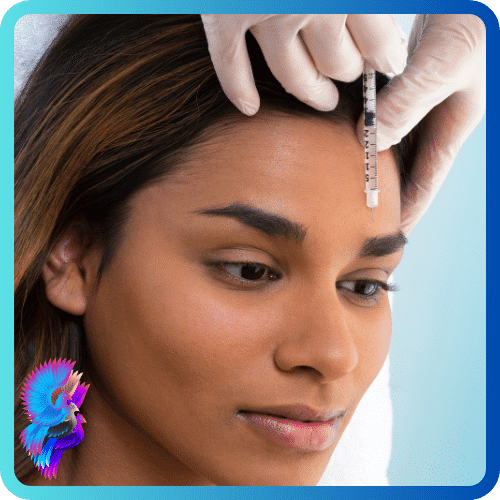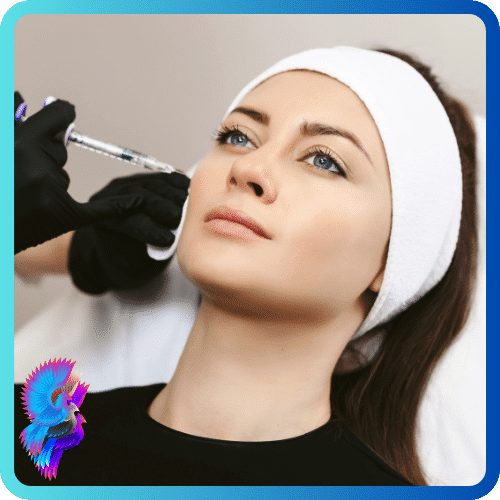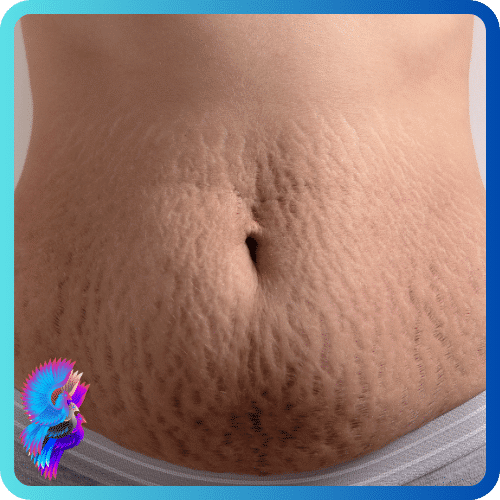Advertisements
A Mild Approach to Revitalizing the Skin
Lactic peeling is a cosmetic procedure commonly used in dermatology for skin exfoliation and rejuvenation.
Lactic acid peels encompass a category of chemical peels that employ a naturally occurring substance obtained from milk as an agent for exfoliating and revitalizing the skin.
These products exhibit a delicate nature and are well-suited for individuals with various skin types, particularly those with dry, sensitive, and youthful skin.
These products have the potential to assist individuals in addressing a range of skin-related issues, including but not limited to lackluster complexions, uneven pigmentation, excessive melanin production, the presence of fine lines and wrinkles, the residual effects of acne, and damage caused by prolonged exposure to sunlight.
Lactic acid peels work by using enzymes to break down the intercellular adhesion molecules that keep the dead epidermal cells on the outermost layer of the skin from sticking together.
This process facilitates the effortless elimination of deceased skin cells, thereby unveiling a complexion that is smoother, brighter, and more uniform in appearance.
Lactic acid peels have been found to induce the synthesis of collagen and elastin, crucial components for maintaining skin tautness and elasticity.
Also, lactic acid peels make the skin more hydrated by causing it to make more of its own compounds like glycosaminoglycans, ceramides, and hyaluronic acid.
These chemicals aid in the retention of water within the skin and enhance its barrier function.
Lactic acid peels are available in varying concentrations, spanning from 5% to 70%. The concentration of the peel solution is a determining factor in its strength and depth.
Lower concentrations of chemical peels are particularly suitable for individuals who are new to the process or have sensitive skin, as they offer a gentle exfoliation that may be safely performed in a home setting.
The utilization of higher concentrations of skincare products should be limited to individuals who possess the necessary qualifications, such as dermatologists or estheticians, and who operate within a clinical or salon setting.
This restriction is warranted due to the heightened intensity associated with these concentrations.
Increased concentrations can yield more pronounced outcomes; nevertheless, they also entail a greater likelihood of encountering hazards and adverse effects.
Lactic acid peels offer a range of advantages, which encompass:
Enhancing the texture and smoothness of the skin.
Enhancing skin complexion and mitigating lackluster appearance.
The process of diminishing hyperpigmentation, age spots, and melasma.
The objective is to diminish the appearance of fine lines and wrinkles.
The objective is to reduce the appearance of acne scars and minimize the visibility of pores.
The process of moisturizing and providing essential nutrients to parched skin.
Improving the absorption and efficacy of supplementary skincare products.
Lactic acid peels are associated with several adverse effects, which encompass:
The individual may experience mild sensations of stinging, burning, or itching both during and following the peel procedure.
The observed symptoms include erythema, edema, or localized inflammation in the area under examination.
The occurrence of skin dryness, flaking, or peeling for a brief duration subsequent to the application of a chemical peel
The heightened susceptibility to solar radiation and the potential for erythema.
In rare instances, there is a potential for the occurrence of an allergic reaction or infection.
In order to provide a lactic acid peel in a domestic setting, it is imperative to adhere to the following procedural guidelines:
To begin, it is recommended to meticulously cleanse the facial area using a mild cleanser, ensuring that it is properly rinsed and subsequently dried by gently patting it.
Administer a thin layer of petroleum jelly or Vaseline in the vicinity of the ocular region, nasal passages, oral cavity, and any other anatomical regions characterized by heightened sensitivity.
To administer the lactic acid peel solution, it is recommended to utilize either a cotton pad or a brush applicator.
Ensure that a thin layer of the solution is properly distributed across the entirety of the face, taking care to avoid the sensitive eye region.
It is advisable to adhere to the appropriate duration as specified in the instructions provided by the product.
Depending on how focused one is and how tolerant one’s skin is, this process could take between 5 and 10 minutes.
After using the peel solution, it is recommended to rinse it off with lukewarm water and gently pat the face dry.
Administer a soothing emollient or moisturizing agent to alleviate and replenish the skin’s moisture content.
It is recommended to regularly use sunscreen with a sun protection factor (SPF) of 30 or above in the morning and to reapply as necessary during the day.
In order to undergo a professional lactic acid peel, it is advisable to first seek consultation with a dermatologist or esthetician.
The assessment process involves evaluating the individual’s skin type, condition, goals, and medical history in order to ascertain their suitability for the peel treatment and select the most appropriate concentration for their specific needs.
Additionally, the healthcare provider will provide you with guidelines to be followed before and after the peel procedure, aiming to get the best possible outcomes while minimizing any potential issues.
The process of a professional lactic acid peel technique encompasses the following stages:
The facial area will undergo a cleansing and degreasing process utilizing an alcohol-based solution.
During the procedure, cotton pads or goggles will be utilized to ensure the protection of your eyes.
The application of the lactic acid peel solution will be conducted using either a brush or a gauze pad, and it will be done in parts across your facial area.
The duration for which the solution will be applied is determined by the concentration of the solution and the individual’s skin response.
The duration can vary between 10 and 20 minutes or perhaps extend beyond that.
The solution will undergo neutralization by either water or a neutralizing agent in order to cease its activity.
Gently wiping it off with a moist towel or cotton pad will remove the peel solution.
A cold compress will be utilized to alleviate and lower the temperature of your skin.
To safeguard and nourish the skin, a combination of moisturizer and sunscreen will be administered.
Lactic acid peels offer a valuable means of enhancing the aesthetic and physiological condition of the skin while imposing little inconvenience and discomfort on the individual.
The execution of these tasks can be carried out either in a domestic setting or by a trained expert, contingent upon individual preferences and requirements.
It is advisable to conduct a patch test prior to the application of any novel skincare product and to diligently adhere to the provided instructions in order to decrease the risk of experiencing unfavorable responses.
It is advisable to seek guidance from a medical professional, such as a doctor or dermatologist, prior to undergoing a lactic acid peel if one possesses any medical disorders or allergies that could potentially impact the condition of their skin.
Advertisements


































